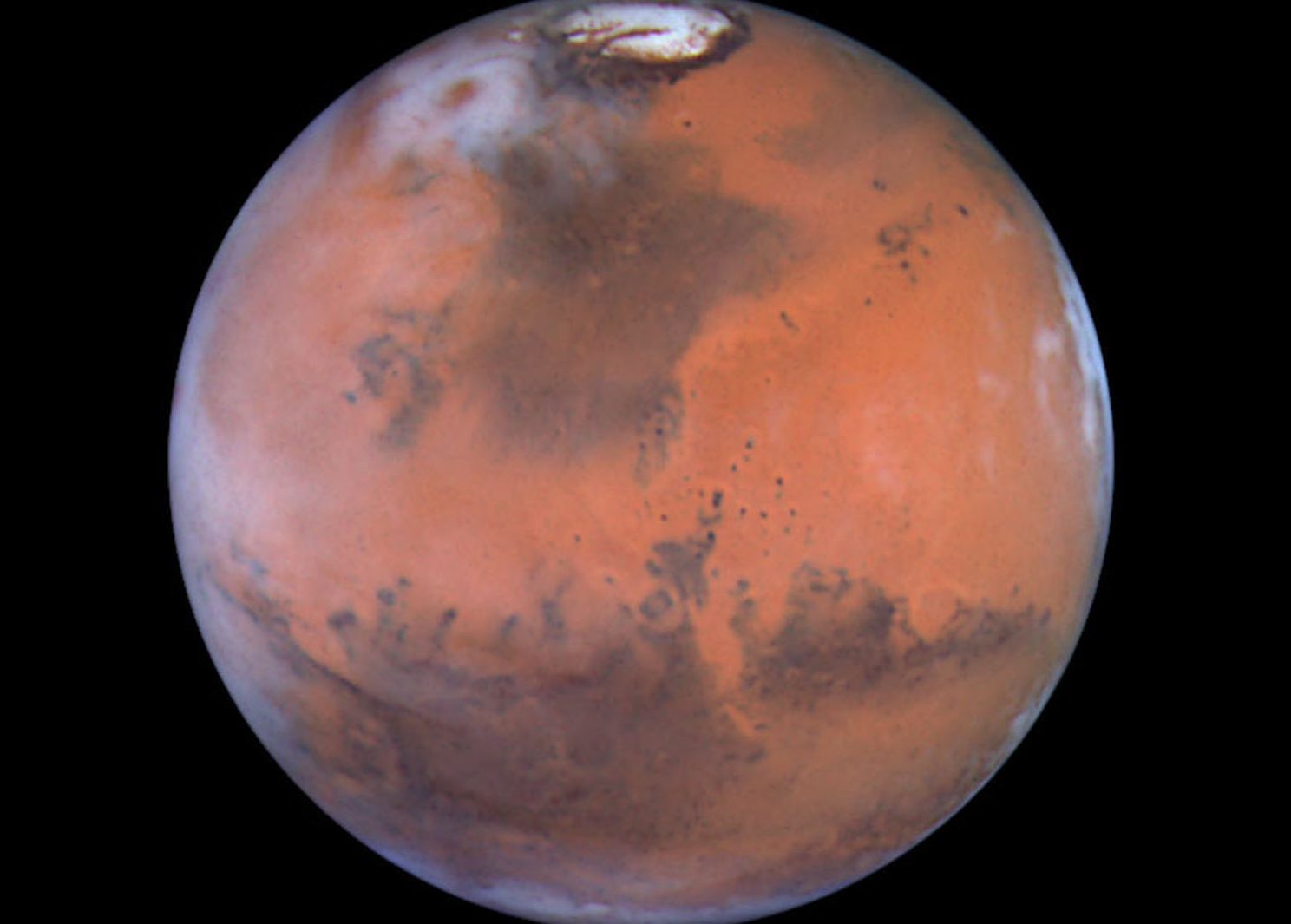
ROCKS from the Outer Hebrides have raised hopes of finding life somewhere even more remote – planet Mars.
Analysis of the rocks on the islands of Barra and Uist suggests that tremors can generate hydrogen in the Earth’s crust.
“Marsquakes” are known to occur on the Red Planet and may have the same effect, scientists believe.
Hydrogen could provide a life-sustaining energy source for simple microbes living underground.
Lead researcher Professor John Parnell, from the University of Aberdeen, said: “Earthquakes cause friction, and our analysis of ancient rock in the Outer Hebrides has demonstrated how this creates hydrogen.
“Hydrogen is a fuel for simple microbes, so microbes could live off hydrogen created in the Earth’s subsurface as a result of seismic activity.
“This is a model that could apply to any other rocky planet, and on Mars there are so-called ‘Marsquakes’ that may produce hydrogen and therefore could feed life in the Martian sub-surface.
“Our analysis finds that conservative estimates of current seismic activity on Mars predict hydrogen generation that would be useful to microbes, which adds strength to the possibility of suitable habitats that could support life in the Martian sub-surface.”
The American space agency Nasa plans to measure seismic activity on Mars during its 2018 InSight mission.
“Our data will make those measurements all the more interesting,” said Prof Parnell.
The findings are reported in the September issue of the journal Astrobiology.
READ MORE
Retired aerospace engineer builds backyard rollercoasters for his grandchildren
Why space travel ruins astronauts’ sight

Enjoy the convenience of having The Sunday Post delivered as a digital ePaper straight to your smartphone, tablet or computer.
Subscribe for only £5.49 a month and enjoy all the benefits of the printed paper as a digital replica.
Subscribe